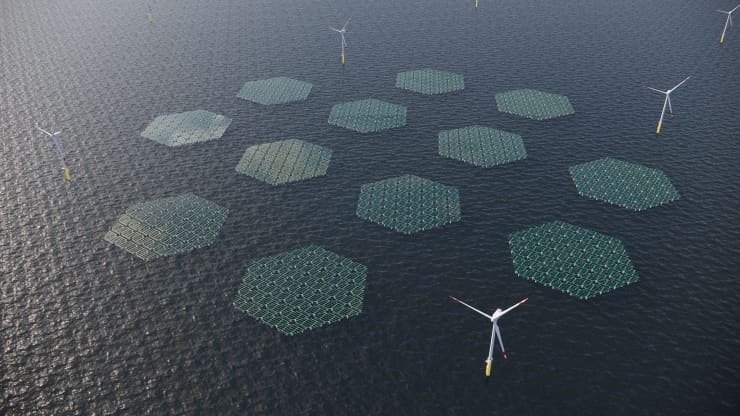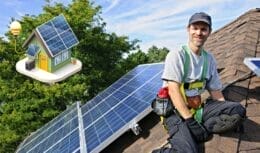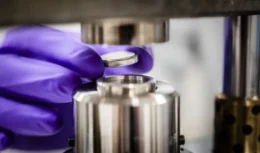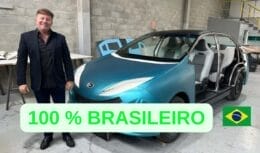
The solar panel is ultralight and flexible, allowing it to produce energy from UV rays even when exposed to seawater and high amounts of diluted sodium.
RWE, a German company, announced that it intends to invest in the creation of flexible solar panel like a mat to be added over sea water and produce energy from UV rays. This new technology will be added to facilities in the North Sea and will be aimed at increasing the energy capacity of offshore companies.
The mat / new solar panel will be resistant, although thin and light, so it will be able to withstand even the most intense water waves. According to the company being responsible for the development, it will produce about 0,5 peak megawatt, or MWp. In a statement, the RWE stated that this project will be one of the pilots of the Dutch-Norwegian SolarDuck: “important first-hand experience in one of the most challenging offshore environments in the world”.
Lessons learned will facilitate the sale of this new technology from 2023
The German company stated that the studies are being carried out and, according to the scientists' new learning, it is estimated that this new technology will be traded in the market and sold to companies from the year 2023. Therefore, it will be possible have greater energy savings when operating off the coast and therefore exponentially reduce carbon dioxide emissions into the environment.
Numerous technologies are being created and developed to innovate solar energy and reduce dependence on polysilicon, a material widely used in traditional panels, which is already at one of its highest price peaks in the last eleven years due to its lack of market.
One of the developments that drew the most attention in 2022, in addition to this carpet-shaped solar panel, was an American development that would make it possible to creation of solar energy with seaweed which, above all, would capture a high amount of carbon dioxide from the environment and reduce the effects of global warming.
Solar panel could be used in one of the largest European offshore parks
The German stated that the project can, if it produces the necessary amount of energy as estimated, be used in one of the largest offshore parks in Europe, the Hollandse Kust West. In a press release, the company said that the “integration of offshore floating solar energy into an offshore wind farm” was “a more efficient use of ocean space for power generation”.
Currently, one of the largest solar parks in Europe has been inaugurated by EDP, which installed more than 12 photovoltaic panels that represent one of the largest energy reservoirs on the continent.
The project combines the solar power grid with the hydroelectric plant to increase productivity and lower costs. That is, there is a hybridization process in which different projects and machines are responsible for working together to produce the necessary energy. Hybrid energy production models, according to EDP, allow the company to achieve greater savings in its production in the medium and long term.
More news on scientific development this week
Another piece of news related to scientific development this week is about the announcement of the North Volt, company formed by two former Tesla executives, which informed that it was developing a study on the possibility of create wooden batteries. That is, the main raw material of the battery would be a product taken from wood that trees have at least 20% in their composition. Read more about wooden batteries here.








